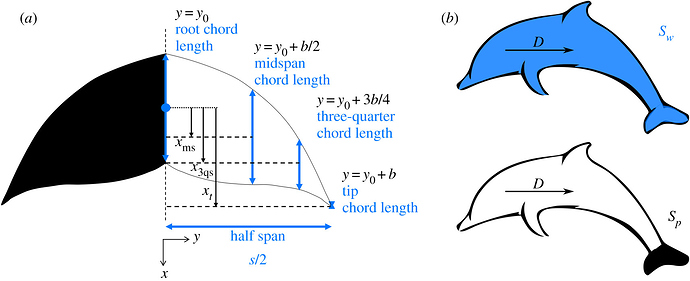I stumbled upon efoils just today and tried to research if i can build one myself.
After reading on this board and googling i come to the following conclusion:
You can build a very cheap wooden foil if its passive. (without propulsion)
If you want to build an active efoil its all about energy efficiency. The more efficient your design is the less money and time you have to spend on building your efoil. If you want to build an efficient efoil you need to specify your goal because your foil and prop has to be optimized for a velocity range. After getting your specs, you need to decide for a foil design for that velocity and weight. After that you need to get an efficient propulsion system. and then everything else.
Of course foil and prop are the hardest things.
- specs
- foil
- prop
- motor
- electrics
Other observations:
People seem to overvalue weight. Not that important for an efoil.
Another foil between board and foil seems to be a good idea. So you get more lift during takeoff and reduce drag at top speed.
Maybe a triangle foil like here is a good idea: https://keyassets.timeincuk.net/inspirewp/live/wp-content/uploads/sites/18/2018/07/Enata-Marine-Foiler-©Guillaume-Plisson-_180684482_271447381-630x364.jpg
as your speed increases drag reduces and too much lift is prevented

